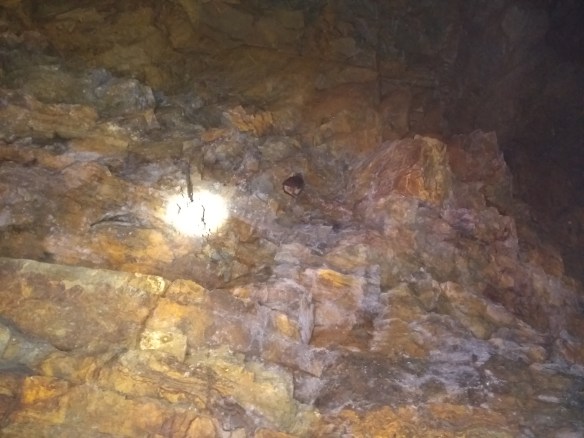 From The BBC
From The BBC
Scientists are warning of the risks of wild birds spreading diseases when they gather at feeders in gardens. Experts led by the Zoological Society of London say people should continue to feed birds, especially in winter, but should be aware of the risks.
A newly published review of 25 years’ worth of data has identified emerging threats to garden birds. Finches, doves and pigeons are vulnerable to a parasite infection and form of bird pox is becoming more common, causing warty-like lumps on the bodies of great tits and other birds while other disease threats, such as salmonella, appear to be declining. If birds look sick, food should be withdrawn temporarily, the authors say.

“Our study shows how three of the most common diseases that affect British garden birds have changed both dramatically and unpredictably over the past decade, both in terms of the species they affect and their patterns of occurrence,” said Dr Becki Lawson from ZSL’s Institute of Zoology.
Common signs that a wild bird is ill include unusually fluffed-up plumage and lethargy. Diseases can be spread through droppings or regurgitated food around bird feeders.
Finding out more about the changing pattern of diseases will help to ensure that garden birds can be fed safely, say the researchers. ZSL, working with experts from the British Trust for Ornithology (BTO), say people who notice sick birds should:
- take practical steps to minimise risks
- report your observations to the Garden Wildlife Health Project
- seek advice from a vet
- withdraw food for a while to let birds disperse over a wider area
- Feed birds in moderation, clean bird feeders regularly, and rotate feeding sites.
Co-researcher Kate Risely from the BTO (BTO News) said anyone who feeds wild birds should be aware of their responsibilities for preventing disease.
She told BBC News: “Be very vigilant – enjoy feeding the birds but educate yourself about what the risks are and what to do if you see signs of disease.”
It was important to continue to feed wild birds, especially in winter, when they need lots of food to survive, she said.
The review found that patterns of infection in wild birds are changing. This may be influenced by wild birds congregating at bird feeders and coming into contact with species they don’t encounter naturally in the wild.
Download the full review Health hazards to wild birds and risk factors associated with anthropogenic food provisioning here
Meanwhile, in Jersey
 Changes to a law to try to reduce problems with seagulls and other wild birds are now in place (see update here). Under the Statutory Nuisances (Jersey) Regulations 2017, it’s against the law to feed wild birds or other creatures in a way that means they become a nuisance or harmful to health. Some birds and rodents carry diseases which can be harmful to human health.
Changes to a law to try to reduce problems with seagulls and other wild birds are now in place (see update here). Under the Statutory Nuisances (Jersey) Regulations 2017, it’s against the law to feed wild birds or other creatures in a way that means they become a nuisance or harmful to health. Some birds and rodents carry diseases which can be harmful to human health.
Jersey Society for the Prevention of Cruelty to Animals said (BBC 13 March 1256):
- Don’t scatter food on the ground where it is an easy source of food for rodents
- Bird tables can be accessible to rodents. Don’t overstock them or provide large quantities or unsuitable foods
- Use bird feeders with a catch tray to reduce debris falling on the ground
- Site your feeders with care. Suspending them from a metal wire is the only way to be certain rodents won’t get into them
- Ideally, place a small amount of food in feeders daily to ensure they are emptied daily
- Don’t use your garden as a dump for unwanted food waste, the birds may not want it but rats and mice probably will
- Seagulls are protected under the Jersey wildlife law and can only be moved by licensed pest controllers.
The Department said it had taken the action as some birds and rodents carry diseases that can be “very harmful to human health” and gulls were beginning to build their nests and are attracted to places with easily available food.
Anyone found to be feeding (the gulls) illegally would be served with an abatement notice to either stop or restrict their activity. If ignored it would be an offence and the person responsible could be prosecuted.

 From
From 





 Sunday 11th March 2018 – Queen’s Valley, St Martin – 10:30-13.00
Sunday 11th March 2018 – Queen’s Valley, St Martin – 10:30-13.00 The
The 




